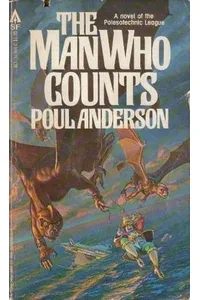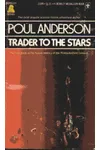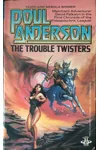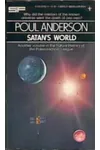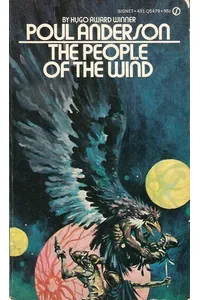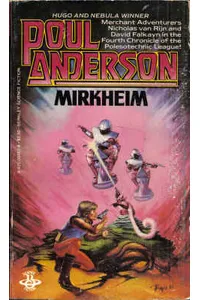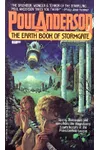Step into the star-spanning saga of the Polesotechnic League, where interstellar trade meets swashbuckling adventure! Penned by science fiction maestro Poul Anderson, this beloved series whisks readers across a vibrant galaxy teeming with cunning merchants, alien worlds, and high-stakes deals. At its heart is Nicholas van Rijn, a larger-than-life trader whose wit and bravado make every page a delight.
From the 1950s to the 1980s, Anderson crafted a universe that blends hard science fiction with libertarian ideals and chaotic galactic politics. Whether you’re a sci-fi veteran or a curious newcomer, the Polesotechnic League offers a thrilling ride through humanity’s far-flung future.
How Polesotechnic League Began
Poul Anderson, a physics graduate and Hugo Award winner, launched the Polesotechnic League with the 1956 novella 'Margin of Profit,' introducing the unforgettable Nicholas van Rijn. Inspired by the freewheeling spirit of historical trade leagues like the Hanseatic League, Anderson envisioned a future where commerce drives exploration. His wife, Karen Anderson, coined the term 'Polesotechnic,' derived from Greek for 'selling skills,' perfectly capturing the series’ mercantile core.
Over three decades, Anderson wove a non-linear tapestry of novels and short stories, starting with 'War of the Wing-Men' (1958), later retitled 'The Man Who Counts.' His knack for blending scientific rigor with colorful characters made the series a standout in the golden age of sci-fi.
The Heart of Polesotechnic League
The series spans seven key books, set in the 25th century during humanity’s galactic expansion. In 'The Man Who Counts' (1958), van Rijn crash-lands on the planet Diomedes and brokers peace between warring alien factions to survive. 'Trader to the Stars' (1964), a Prometheus Award winner, collects three novellas showcasing van Rijn’s cunning as he navigates interstellar mysteries. 'Satan’s World' (1969) follows protégé David Falkayn uncovering a rogue planet’s secrets, while 'The Earth Book of Stormgate' (1978) ties the saga together with tales of human and alien encounters.
Themes of individual freedom, skepticism of centralized power, and the chaos of history shine through Anderson’s vivid prose. The Polesotechnic League, a loose confederation of traders, thrives on laissez-faire economics, reflecting Anderson’s libertarian leanings. Yet, the series isn’t preachy—its richly imagined planets, like the winged Ythri’s Stormgate, and morally complex characters keep the focus on adventure and intrigue.
Anderson’s non-linear storytelling, inspired by Robert A. Heinlein’s Future History, jumps across centuries, from humanity’s solar system struggles to its galactic dominance. This sprawling scope, paired with meticulous world-building, makes every book a fresh plunge into the Technic Civilization universe.
Why Polesotechnic League Resonates
The Polesotechnic League left an indelible mark on science fiction, pioneering the space opera subgenre with its blend of commerce and exploration. Fans cherish van Rijn’s roguish charm, often likening him to a futuristic Falstaff or Long John Silver. The series’ emphasis on individual agency and distrust of bureaucracy resonated during the Cold War and remains relevant today.
Its influence echoes in modern sci-fi, from the entrepreneurial spirit of 'Firefly' to the galaxy-spanning epics of 'The Expanse.' Though less mainstream than 'Dune,' the series’ cult following thrives, with readers drawn to its intellectual depth and rollicking fun. Anderson’s ability to marry hard science with human drama ensures the League’s enduring appeal.
- First Published: 1958 ('War of the Wing-Men')
- Number of Books: 7 core novels/collections
- Notable Award: Prometheus Award for 'Trader to the Stars' (1964)
- Key Characters: Nicholas van Rijn, David Falkayn
Dust off 'The Man Who Counts' and blast off into the Polesotechnic League’s dazzling galaxy! Whether you’re chasing profits with van Rijn or exploring alien skies, this sci-fi gem promises a wild, thought-provoking ride.
